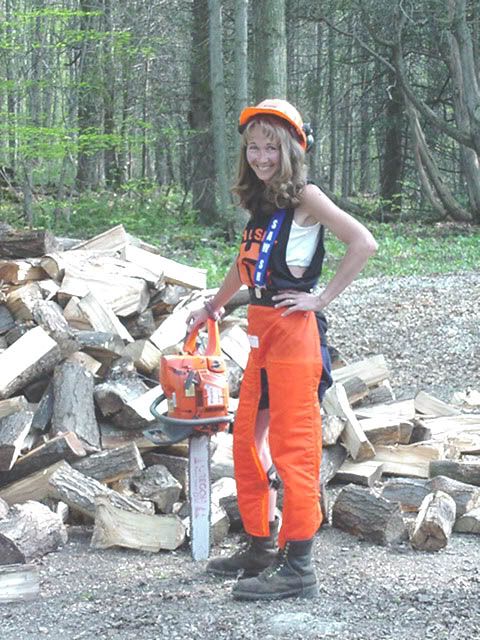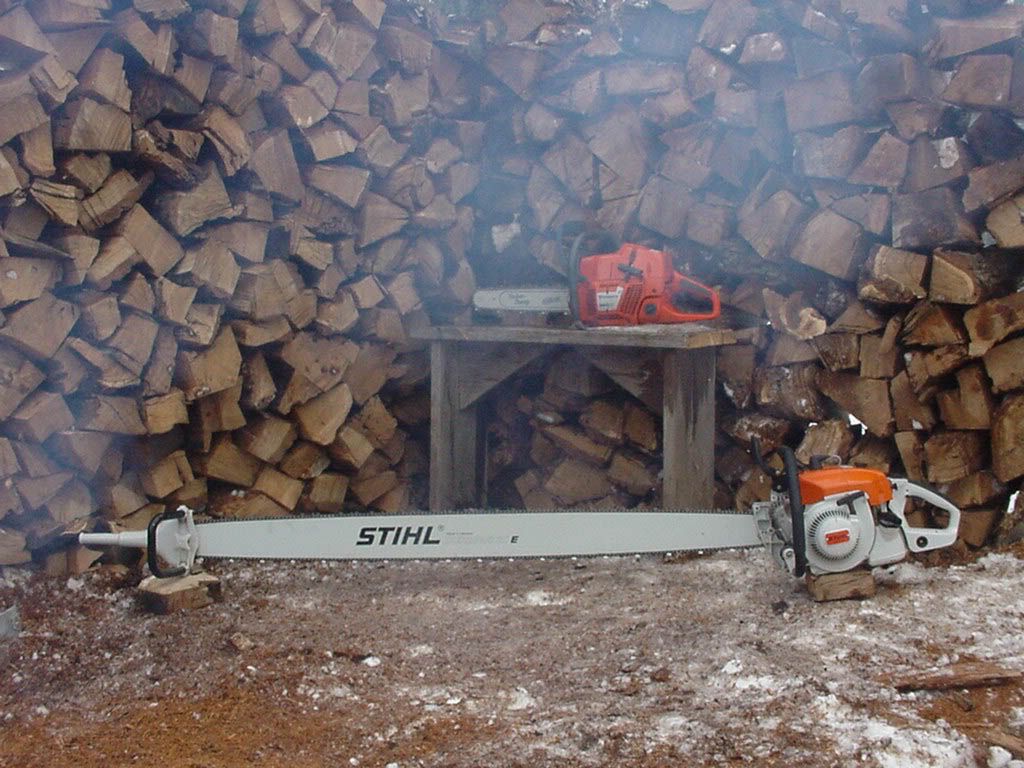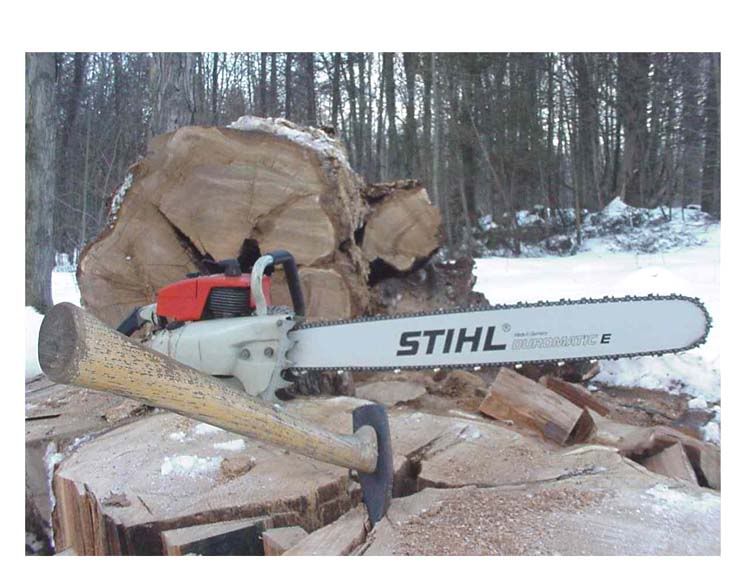Rotax Robert
Addicted to ArboristSite
Here in the Northwest its Maple, Alder, Douglass Fir and if all else fails we use morning wood 















Wood Monger said:Here in South Central PA I sell mostly Chestnut oak, Red Oak and White Oak. I can get some apple some times however it makes a lot of ash and is a bear to split. I sell about 10 to 20 cords per year. I myself prefer to burn oak.
This is my first post. Been reading you guys for a while.
Pete